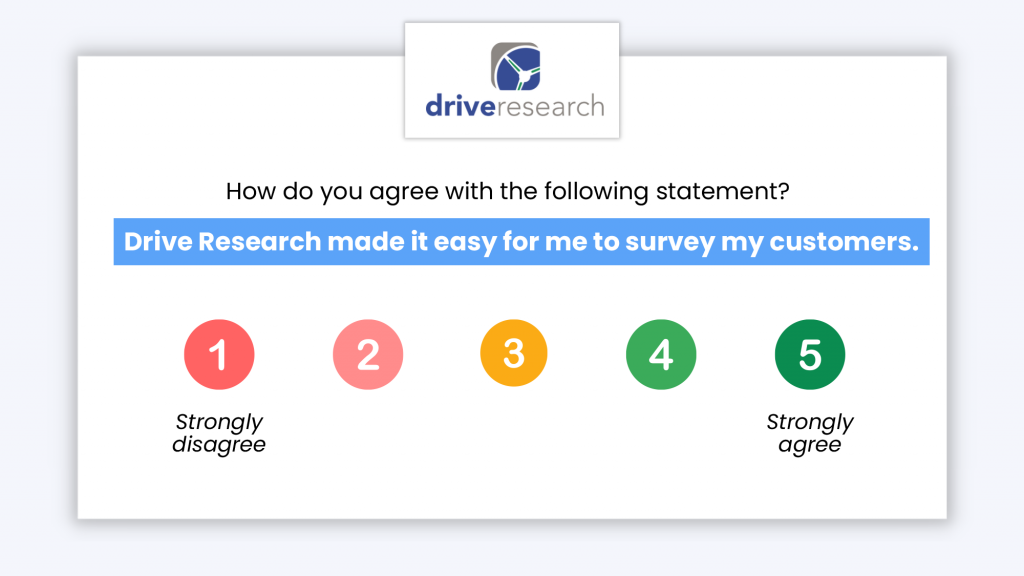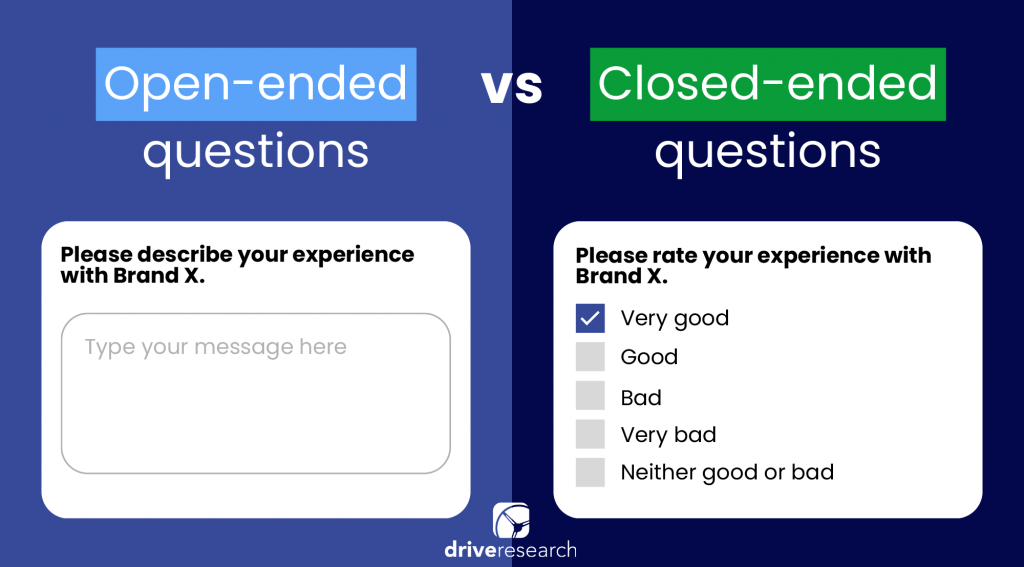
In today’s digital world, customers are interacting with your brand and product around the clock through apps, websites, 24-7 customer service, and e-commerce. They demand frictionless journeys, minimal hurdles, and effortless resolutions.
This shift in customer expectations has led to the ascent of Customer Effort Score (CES) as a fundamental measurement, offering businesses a comprehensive insight into the quality of their customer support, product design, and overall user experience.
In this blog, our customer satisfaction survey company dives deeper into the world of Customer Effort Score — discussing what it is, how to calculate it, and the benefits of doing so.
What is Customer Effort Score (CES)?
Customer Effort Score or CES, is a metric that typically uses a simple Likert 1 to 5 scale. It asks, using a scale where “5” means very easy and “1” means very difficult.
For example, a Customer Effort Score question might be: “How easy was it to submit a bill payment using our app?”
Another question option would be to inquire about submitting an order on the e-commerce website or logging into a user profile on a website.
Additionally, there are different ranges of CES scales including 7-point and 10-point scales but the extremes remain the same, very difficult to very easy. Other variations of CES use a level of agreement (strongly agree to strongly disagree) for the scaling.

The Value of Measuring CES
Customer Effort Score calculation teaches you how easy or difficult simple tasks are for your customers. Considering the usage of apps or websites for a company might be rather frequent, repeated frustrations with a particular section of the website or app could have lasting impacts.
Analytics teaches us that if a customer expects a task to be easy yet the company makes it difficult time and time again, the customer is highly likely to switch to a competitor.
For more context, studies have shown 78% of customers have backed out of a purchase due to a poor customer experience. Additionally, after more than one bad experience, around 80% of consumers say they would rather do business with a competitor.
With this in mind, measuring Customer Effort Score has risen in popularity as more than just a customer satisfaction metric, but more of a compass guiding businesses toward a customer-centric paradigm.
How Do You Calculate Customer Effort Score?
There are a few basic steps to calculating CES. It’s key that no step is skipped in order to provide the best quality data.
In order to make sure no step is skipped and everything goes according to plan, it’s important to work with a third-party market research firm.
An experienced market research company, like Drive Research, will work with a client to ensure their CES is more accurate. Additionally, we will provide reliable recommendations about how to move forward with the survey data.
Use the below steps when calculating your Customer Effort Score:
1. Design a CES Survey
Any well-designed CES survey will include one direct question about customer effort level. This will be a scaling question, along the lines of “On a scale of 1 to 5, how much effort did you expend for your question to be handled?”
The lower end of the scale represents low effort, while the higher end represents high effort.
Our customer survey company also recommends going beyond just one question. For instance, it’s always important to include an open-ended question after you collect the CES rating to find out the details.
Without the follow-up question, you know you have a problem, but you don’t know what the problem is.

If you review results and the average rating for your website login process is 1.5 out of 5.0, you will quickly learn this is a pain point for your customers.
However, without any open-ended comments or context, you may not understand what is driving that frustration.
Without the open-ended question, you may decide to overhaul the login system completely adding significant time and budget to the project.
Wherein reality, customers were frustrated only with the finger print login on the banking app.
2. Survey Distribution
The best way to field a Customer Effort Score survey is online.
Common distribution methods include:
- Emails
- SMS text messages
- Pop-ups on websites
- After-call interactions
These are simple ways to grab the attention after they’ve made a purchase. After the customer satisfaction survey wraps up, responses will be gathered.
3. Calculating Your Customer Effort Score
The formula to calculate Customer Effort Score is quite straightforward:
CES = (Number of respondents who chose “Very Easy”) / (Total number of respondents) * 100
Here’s a breakdown of the formula:
- Number of respondents who chose “Very Easy”: This refers to the number of customers who have rated their experience as “Very Easy” on the CES survey question.
- Total number of respondents: This is the total number of customers who participated in the CES survey.
The result is then multiplied by 100 to express the score as a percentage.
For example, if 65 people chose “Very Easy” out of 100 survey respondents, the CES would be 65% (65/100 X 100).
4. Analyzing the Results
The CES score typically ranges from 0 to 100, where higher scores indicate that customers find interactions with your company to be less effortful and more user-friendly.
Lower scores, on the other hand, suggest that customers encounter more difficulties and friction when engaging with your products, services, or support.
Customer Effort Score Example
Below, we’ve provided a brief example of a customer effort score question.
On a scale of 1 to 5, how much effort did you expend completing the purchasing process for your item?
- (Very Easy) – In this case, the purchasing process was smooth and easy to navigate.
- (Neutral) – The purchasing process had some bumps along the way, but was still simple to complete overall.
- (Very Difficult) – The purchasing process was difficult to complete.
As you can see, the above example asks customers to choose which level of difficulty they had with purchasing a product. The anchors are specifically placed on either end of the scale, with a neutral point in the middle.
The data gathered will be able to tell brands how they can improve their checkout experience. Specific pain points will be discovered, allowing them to make accurate changes.
What Industries Should Measure CES?
Any industry that has a heavy involvement in online customer experiences.
This could include banking (apps, bill pay, online banking) or retail (e-commerce, carts, shopping). In these examples, customers are consistently interacting with your products online and around the clock.
Without using data you may be unaware of experiences they are having online. Collecting CES metrics through surveys will help you keep the pulse of these interactions.
Not to say CES doesn’t fit into other industries, but much of the usage of CES involves online experiences.
Final Thoughts
Customer Effort Score is a metric used to measure the level of effort a customer has to exert to accomplish a specific task or interaction with a company.
By calculating this customer satisfaction metric, organizations can actively reduce the effort customers expend. By doing so, you pave the way for stronger relationships, greater loyalty, and a future where simplicity reigns supreme.
Contact Our Customer Survey Company
Drive Research is a global market research firm. Our team works as a marketing research consultant and advisor with all of our clients.
Our market research company goes beyond data collection and reporting for you, working as a strategic consultant to analyze, interpret, and act on the feedback.
Looking to measure your CES? Questions about how Drive can help with your next market research project? Contact us today.



